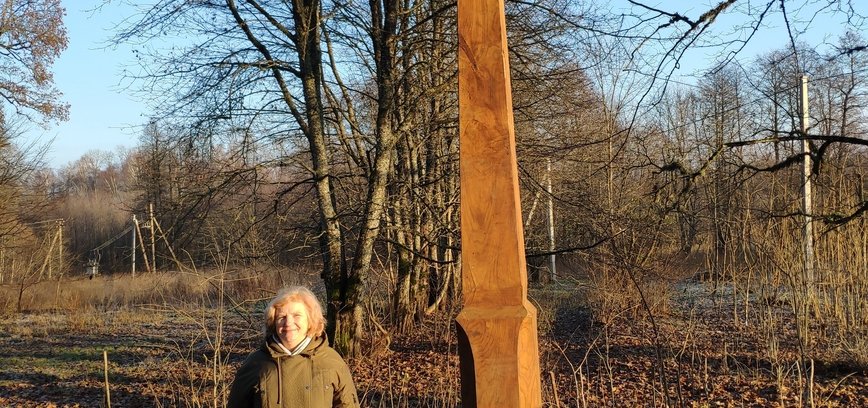The magnificent history and present of the Siraičiai and Džiuginėnai manors
This year, the Samogitian Cultural Society implemented the project “The Great History and Present of the Siraičiai and Džiuginėnai Manors”, which was supported by the Lithuanian Culture Council.
During the project, cooperation was established with the Telšiai branch of the Lithuanian Folk Artists' Union and the Telšiai Culture Center. These three organizations have been cooperating for many years now and together they take care of the research of the history of the Samogitian region, symbolism, ethnography, literature, the press and the commemoration of the enlightened people of Samogitia. “The idea to organize a project to nurture Samogitian manors was born in 2019, when we mentioned 800 m. Mention of the name of Samogitia in written sources, ”revealed Sigita Dacienė, an ethnographer of the Telšiai Culture Center, the author of the project idea, adding that Siraičiai and Džiuginėnai manors are unique both in their architecture and history, therefore it was decided to dedicate the project to these two objects.
Historical sources reveal that the Džiuginėnai area has been known since the 16th century, when Montrimavičiai, Kryževičiai and Nagurskiai ruled. The life of this manor is connected with the famous Gorskiai family, the writer Žemaitė, the Samogitian art researcher and painter Juzefas Perkovskis, and the symbol of Džiuginėnai manor was considered to be St. Florian Chapel Pillar. “According to local people, when St. Florian sculpture, the manor did not escape the fire. 1994 the disappearance of St. Florijon sculpture, the manor was again hit by fire, so the project under preparation decided to take the initiative to restore St. Florijonas chapel pillar, ”said S. Dacienė.
According to the surviving examples, drawings and photographs by Juzef Perkovskis were restored in St. Florian’s chapel pillar and, as part of the project, rebuilt to the same location where it always stood. St. Author of the Florian sculpture, folk artist, artist Steponas Kaminas. The blacksmith's part of the chapel pillar was created by blacksmith Rimvydas Kazlauskas.
The second object that received a lot of attention during the project is Siraičiai manor, which is located by the road from Telšiai (through Lieplaukė) to Plungė. It is famous for the history of the cross built by Engelbert Leopoldas Andrijauskas, associating it with the 1863 the fates of Bonaventur, Engelbert Leopold and Vladimir Andrijauskas, who took part in the uprising. XX a.pr. The cross built by Andrijauskas in 1863. the Devil's Stone used for the uprising and its pedestal intertwined mythological and historical concepts. Therefore, it makes sense that the Samogitian Cultural Society has started to tidy up the sunken area. A blacksmith fence was built around the memorial, which was made by blacksmiths Arūnas Kačinskas and Rimvydas Kazlauskas .
The organizers of the project sincerely thank the elder of Gadūnavas Justas Dapkas for the dedicated human resources and assistance in managing the territories, and Telšiai would be the director of the farm Adomas Domarkas for the equipment provided for the construction of the chapel pillar. "When such people live and work in Telšiai, there is still a lot of good and especially significant work to be done for their precious land," S. Dacienė was pleased with the success of the project and emphasized that this initiative aimed to promote, protect the cultural heritage of Samogitian manors and educate Samogitian residents. historical self-awareness, encouraging artists to create and take an interest in the history of their nation.
Telšiai Culture Center information.



Reviews